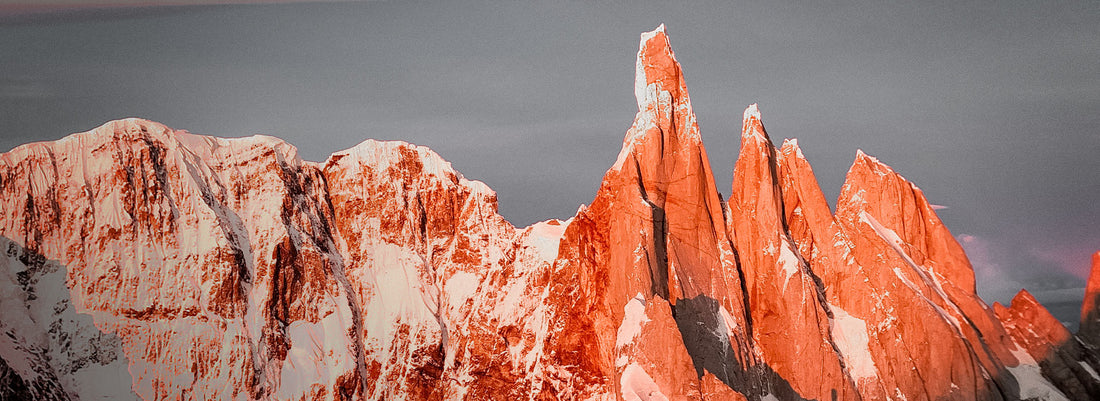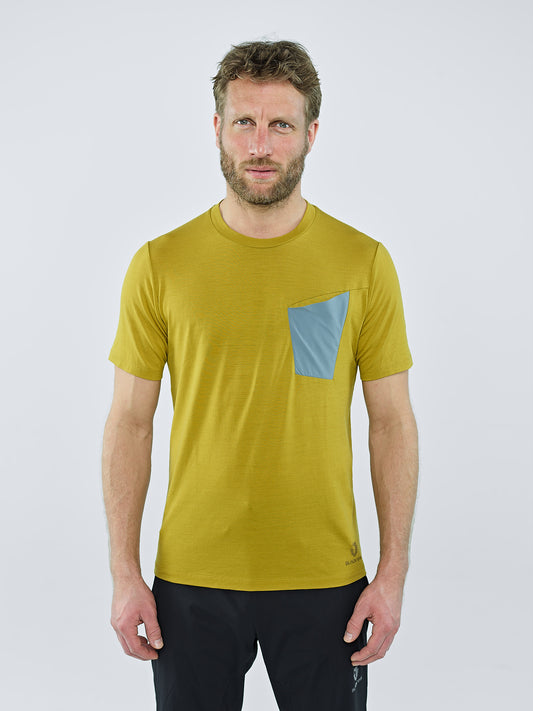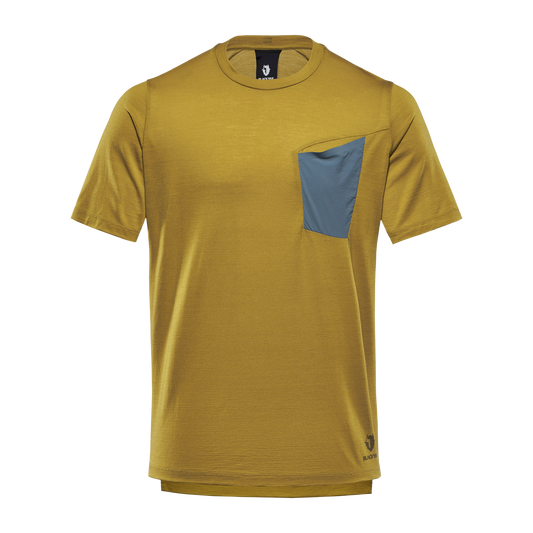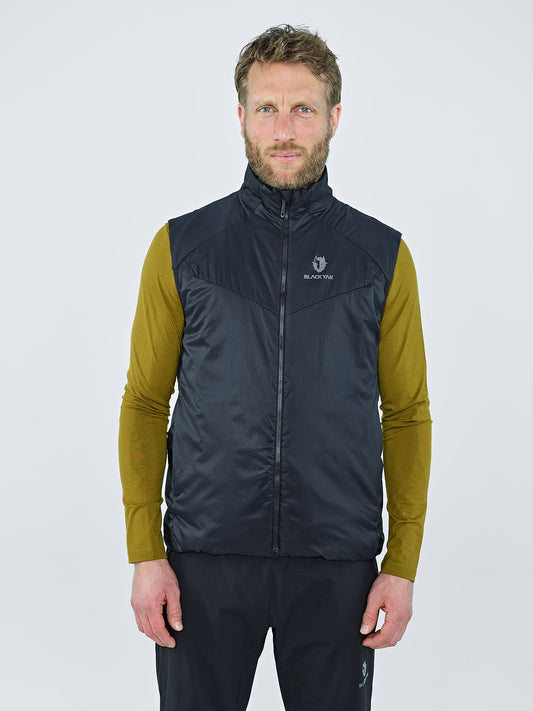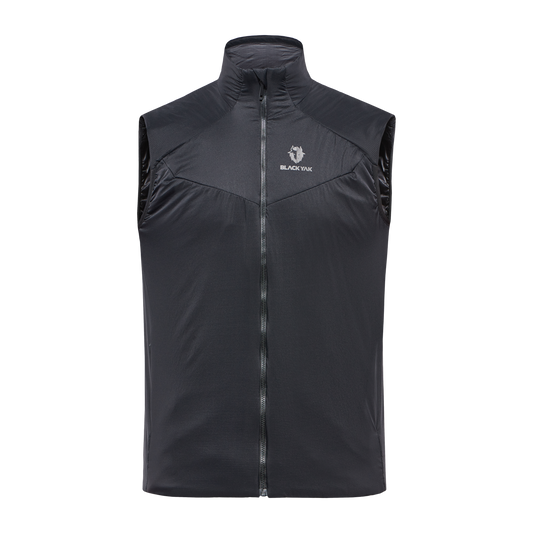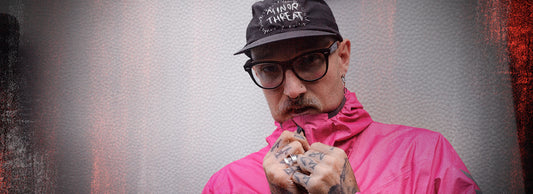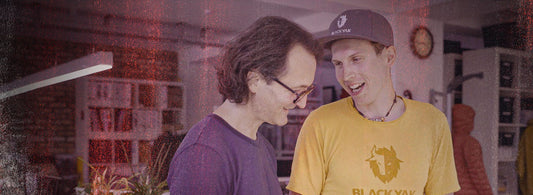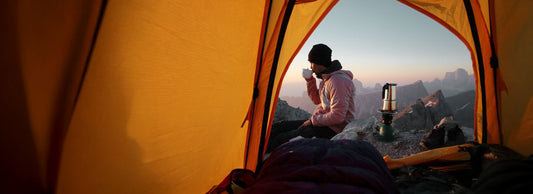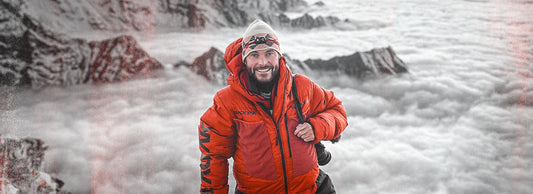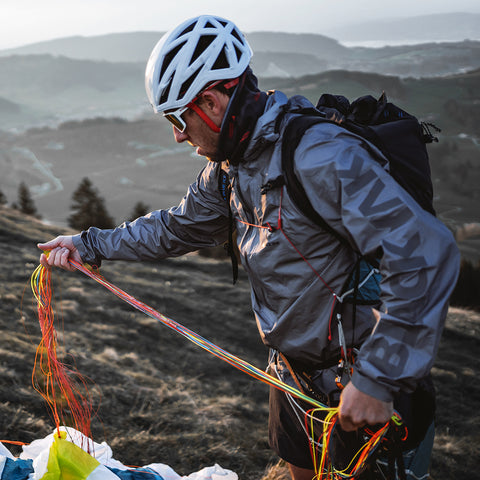After a few restful days in El Chaltén, we were met with the best weather window of the entire season. Four to five consecutive days of relatively good weather, freezing temperatures, and minimal wind for three to four days.
For my partners, Amelie and Anna, it was immediately clear what this weather window meant. As specialists in ice climbing, they knew that with these temperatures, the perfect conditions for attempting Cerro Torre were upon us. Cerro Torre – a "dream mountain" for the two young alpinists, but for me, even entertaining the idea of climbing it seemed unrealistic at that time.
However, after reading through the climbing guide and realizing that Amelie and Anna were counting on me to be part of the team, it slowly became clear to me that I wanted to seize this unique opportunity. We promptly began the extensive tour planning.

And so, on February 21, 2024, it was time. Amelie, Anna, and I set off, fully packed and highly motivated, across the inland ice towards Cerro Torre. We had planned the Via Dei Ragni route. The guidebook rates this climb at 600m of wall height, 90 degrees in ice, and M4 in mixed terrain.
After two days of approach over vast glaciers with massive crevasses and steep snowfields, we set up our first bivouac on the mountain. Late in the evening, an Argentine rope team arrived and set up their tent right next to us. There was an immediate and special camaraderie between our teams. We quickly realized that collaboration was essential if we were to aim for the summit. The next day, we continued over tricky mixed terrain that offered little protection. The guidebook depicted a snowfield here that would have been easily passable with crampons. How the mountains change. This was followed by a beautifully scenic rock ridge that we climbed. We made good progress that day, leaving the Col de la Esperanza (a well-known bivouac spot) behind us. Then we entered the first ice pitches, which started off gently but gradually became steeper and more challenging.


Exhausted, we set up our tent and simply enjoyed the moment and the indescribably beautiful landscape with the inland ice to the west and the Headwall of Cerro Torre right behind us. Shortly thereafter, our Argentine friends also reached the camp. We cooked together and discussed the plan for the next day. Lauti played his flute as the sun set, and one by one, we fell asleep in the bivouac.

At 01:55 AM , or two hours later, our alarm rang. We pressed on. Hesitant and still completely exhausted from the previous day, we prepared for another long day.
At exactly 03:00 AM, Amelie led a very difficult "rime ice" pitch, which she mastered perfectly. Even following, this pitch was extremely challenging for me. After three traversing ice pitches over El Elmo, we faced the large mixed section that would lead us into the famous Headwall

We overcame the mixed terrain surprisingly quickly and found ourselves halfway up the Headwall of Cerro Torre. I can hardly believe it as I write this, and I must repeat it…
We were in the Headwall of Cerro Torre!
The Headwall: Here, I realized again how crucial it is to calculate everything carefully, keep a cool head, place each step and ice tool perfectly, and still move quickly. If something happens up here, the chance of rescue is virtually zero. As a rope team, you're entirely reliant on yourselves and other teams on the mountain. But enough of such thoughts – full concentration for the Headwall. We were exposed to some icefall here. Amelie placed her anchors perfectly, minimizing our risk. Pitch by pitch, we worked our way up the steep wall. I reached my limit, and Amelie and Anna were also completely exhausted. But at precisely 07:00 PM, we arrived just above the 90-degree wall, right below the first "summit mushroom."

Amid the euphoria, extreme emotions, and exertion, it's easy to forget to enjoy the beauty of this mountain. I felt it was important to savor these moments as intensely as possible. Up here, we witnessed sunsets and landscapes unlike anything we had ever seen. I shared these emotions one last time with the whole group before we all fell asleep uncomfortably close together. It was now 10:08 PM.
12:00 AM, time to get up! We looked out of the tent. It was snowing, foggy, and visibility was extremely poor. With our headlamps, we could only see three to four meters ahead. By the time we got moving and climbed the first "rime ice" pitch, it was already 04:30 AM. We couldn't find the tunnel through the first mushroom – it couldn't be true! Then Anna discovered an alternative route over a slightly overhanging ice face that led into a channel. Anna climbed and climbed, at her limit but highly focused and incredibly strong. We estimated the summit was not far above us and climbed another "rime ice" pitch. However, the weather was worsening, and we were nearly in a whiteout...and not just in a whiteout, but also on the most exposed and remote mountain we had ever been on. Approximately 40 meters below the main summit, so close to the top. Yet we had to admit: "It makes no sense to continue, we need to descend as quickly as possible." We made this decision together, with heavy hearts. It was undoubtedly one of our most emotionally challenging decisions, requiring everything from us. Each of us would have loved to fight to the top with our last ounce of strength. But it was clear what the mountain was telling us: "You must turn back, here and now!" And that's what we did. It was the only right choice. Realistically, we had only this one day of stable weather left, with about 20 hours of rappelling ahead of us. The descent went perfectly. We worked hand in hand with our Argentine friends and reached El Elmo in the sunshine by 02:30 PM.

By the time we finished rappelling, descended, and reached the glacier, it was late in the evening. The most important thing was that we had arrived safely. We wanted to talk about our feelings and emotions at the summit, but we fell into bed exhausted after setting up the tent.
We didn't even set an alarm, but it didn't matter. At 09:00, we woke up, packed our things, and headed south across the inland ice. In exactly 17 hours, we were back in El Chaltén: tired, exhausted, but happy.

-
MEN´S MEWATI CHEST POCKET T-SHIRT
A variant of the MEWATI, also made of 52% Merino wool and 48% Tencel, but wit...Regular price 59,50 €Regular priceUnit price per85,00 €Sale price 59,50 €Sale -
MEN´S LANGAR INSULATION VEST
The LANGAR VEST is an insulation vest worn over a midlayer or base layer to k...Regular price 180,00 €Regular priceUnit price per

